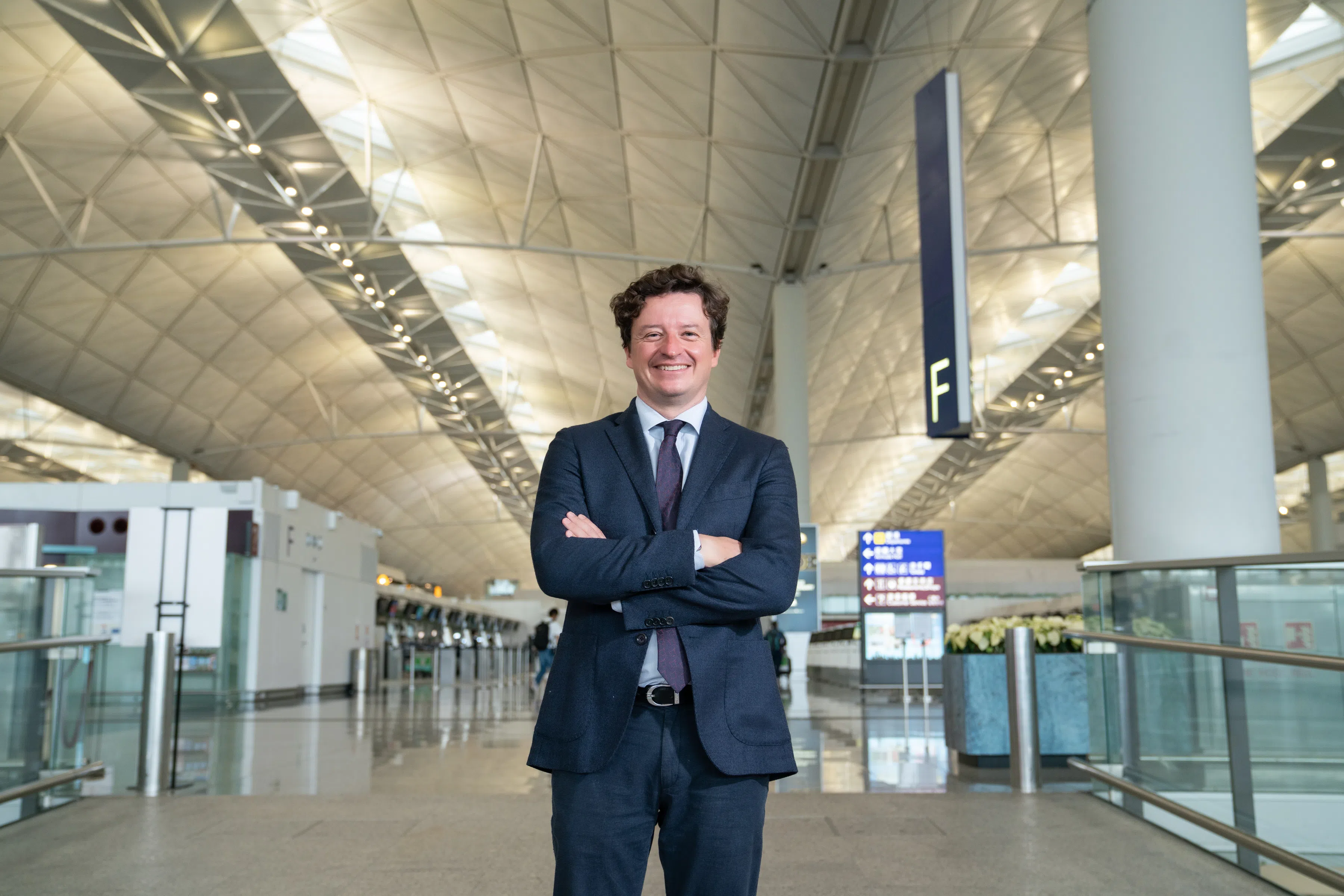THE Asia-Pacific region is set to dominate global air passenger traffic growth in the next 15 years, with the numbers projected to more than double the 2019 levels in that time, and hit 8.7 billion by 2042.
The director-general of Airports Council International (ACI) Asia-Pacific and the Middle East, Stefano Baronci, noted that nine of the world’s 10 fastest-growing markets in terms of passenger traffic are in the Asia-Pacific. The Philippines leads the charge with a compound annual growth rate (CAGR) of 7.2 per cent over the nearly two decades to 2042.
In fact, South-east Asian countries dominate the top 10 list of fastest-growing markets. Indonesia is third, Thailand fifth, Vietnam sixth and Malaysia 10th; Singapore comes in at 26th with a CAGR of 3.8 per cent.
Across the region, steady growth will boost passenger traffic from 2023’s just over 3 billion to more than 8 billion by 2042. Eight billion is what airports handled – globally – in 2023, noted Baronci at a media roundtable held at Jewel Changi Airport on Tuesday (Sep 3).
These figures may seem overly rosy to some, he said, but added that such rapid expansion in the travel segment is being driven by the region’s vast population and untapped demand for air travel.
He highlighted that in 2019, North Americans averaged more than two trips a year and Europeans, over one-and-a-half. That year, the figures were significantly lower in Asia: In China, it was at 0.5 trips, and Malaysia, the Philippines, and Vietnam, at under 0.4 trips.
A NEWSLETTER FOR YOU
Friday, 8.30 am
Asean Business
Business insights centering on South-east Asia’s fast-growing economies.
This indicated a significant margin for growth, offering substantial opportunities for the Asia-Pacific, said the aviation-sector veteran.
In terms of total passenger traffic volume, Baronci noted that three of the top 10 country markets are in Asia. But by 2032, Indonesia is expected to make the list; Thailand is expected to do so by 2042, and Vietnam, shortly after.
Priming for growth
It is estimated that about US$2.4 trillion in airport capital expenditure is needed worldwide; the Asia-Pacific’s needs would account for more than half that sum, or US$1.3 trillion, to accommodate future demands, he said.
Airports in the region have been stepping up to the challenge.
Singapore has Terminal 5 in the works at its airport; Cambodia will boast a new international airport next year; new runways and terminals are being built in Thailand, Vietnam and Japan; facility upgrades are being undertaken in Malaysia and the Philippines.
Baronci said: “One of the factors that has made Asia… more competitive relative to other regions is that the right to build has been faster – the approval by the authorities to build, the decision-making process, has been quicker than in Europe or in North America.
“This demonstrates that the synergy between the authorities, between the airports, in consultation with the airlines, has worked well and has to continue to work well because there is a gap that we have to address, since the demand will be higher than in other regions.”
Baronci added: “You cannot wait for the demand to knock at your door.”
Turbulence ahead?
Despite the optimistic outlook, supply-chain challenges loom large.
Aircraft manufacturing giants Airbus and Boeing have been struggling to meet their orders due to a shortage of parts and skilled labour, which has translated into airlines cutting flight capacities.
For example, Malaysia Aviation Group, the parent company of Malaysia Airlines, announced on Aug 29 that it would reduce its network capacity by 20 per cent across its airlines this year.
A few months back, Vietnam Airlines also reduced flight frequencies and increased certain flight hours; it was also reported to be mulling the buying of Chinese planes.
“The supply side is limiting the capacity of the airports to reach recovery faster, or to go beyond 2019 levels that they would otherwise have achieved, (but it) has not prevented airports from performing well so far… The numbers already demonstrate that,” said Baronci.
The way he sees it, the current supply-chain woes primarily affect margins, but airport operators remain optimistic about the demand for air travel.
He noted that these are highly populated countries, with many people who have earning power, and that, while the propensity to fly is low for now, it just means that there is headroom for air travel to grow – significantly.
“The countries know very well that there is no substitute for air transport and that … one of the key ways to connect internationally is air transport, so they have to invest in it.”



![Viral Moment: Trump Mimics “Sex Act” on Mic Stand, Stuns Wisconsin Crowd [Watch Video]](https://data.ibtimes.sg/en/full/77741/viral.jpg)

